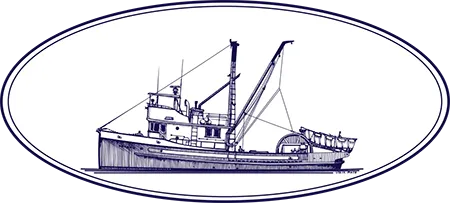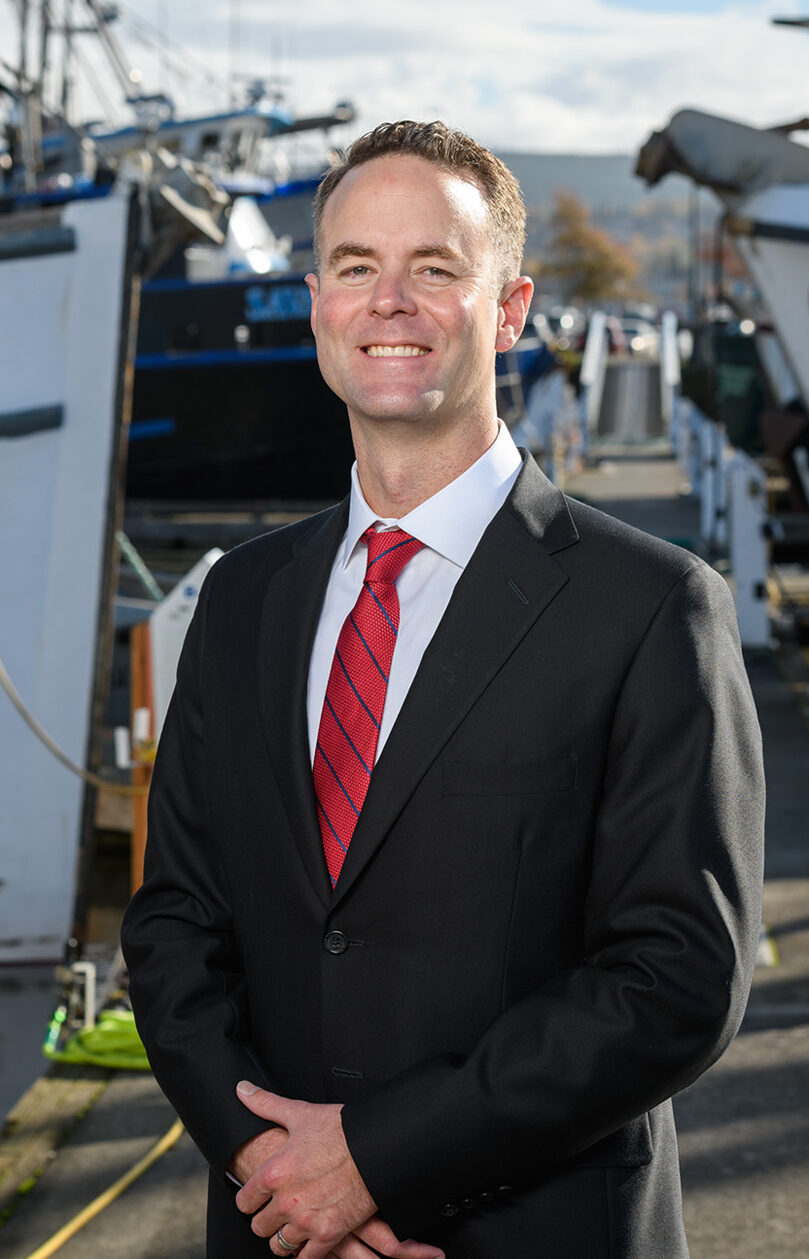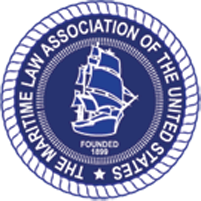The Superior Court of New Jersey in Latter v. 3M Company, No. L-10370-08, 2015 WL 868048 (March 3, 2015) reversed the trial court’s grant of summary judgment against a deceased seaman, Mr. Henry Latter. Mr. Latter died from mesothelioma as a result of asbestos exposure which Mr. Latter alleged occurred in part while he was working aboard defendants American Atlantic Co.’s and Week Marine, Inc.’s (collectively “Weeks”) dredges from 1962 through 1978. The central issue in Latter v. 3M Company was whether a triable issue existed as to whether Mr. Latter suffered such claimed exposure on Weeks’ dredges.
Following his mesothelioma diagnosis, Mr. Latter filed suit against Weeks and many other non-maritime defendants stemming from his exposure to asbestos throughout the course of his career. Against Weeks, Mr. Latter asserted a Jones Act negligence claim and a general maritime unseaworthiness claim. Weeks moved for summary judgment, arguing that Mr. Latter did not establish that its dredges were unseaworthy or that it failed to provide a safe workplace. Mr. Latter opposed the motion based upon Mr. Latter’s deposition testimony, as well as certain documents which included a schematic of one of the dredge’s exhaust system showing that asbestos was to be used to insulate the vessel’s pipes and a manual showing that another dredge contained winches for propulsion which required asbestos. Expert testimony was also introduced which generally opined that Mr. Latter’s mesothelioma was “a result of his occupational exposure to asbestos.” Despite this evidence, the trial court ultimately found that Mr. Latter was unable to “establish a reasonable inference that asbestos was actually present on the vessels he worked on or that [he] was actually exposed to asbestos.”
The Superior Court in Latter v. 3M Co. reversed the trial court and held that the record as a whole established a triable issue as to whether Mr. Latter was exposed to asbestos or asbestos-containing products on Weeks’ dredges. In so holding, the court reaffirmed the “featherweight causation standard” of a Jones Act negligence claim:
“Thus, a seaman must establish that his employer was negligent and that this negligence was a cause, however slight, of his injuries. This test is often called a featherweight causation standard because the quantum of evidence necessary to support a finding of Jones Act negligence is less than that required for common law negligence, …. and even the slightest negligence is sufficient to sustain a finding of liability.” Id. at *4 (citing Havens v. F/T Polar Mist, 996 F.2d 215, 218 (9th Cir. 1993)).
The Latter court also reaffirmed the established principle that unseaworthiness (separate from Jones Act negligence) is a strict liability claim, and a shipowner has an absolute duty to provide a seaworthy vessel. The court further reaffirmed that “[a] seaworthy ship is one reasonably fit for its intended use and the actual or constructive knowledge of an unseaworthy condition [by the shipowner] is not essential to its liability.” Id. at *4 (citing Ribitzki v. Canmar Reading & Bates, Ltd., 111 F.3d 658, 664 (9th Cir. 1997)).
Latter v. 3M Co. provides yet another example of the general unwillingness of courts to grant summary judgment with respect to Jones Act negligence and unseaworthiness claims. Seamen should be cautious whenever an insurance company or vessel owner tries to downplay their case of liability, and should always consult with experienced maritime counsel prior to entering into any settlement discussions.











